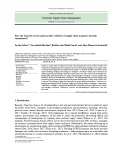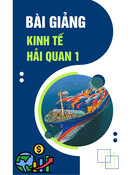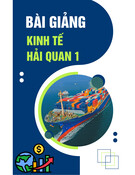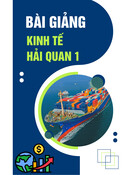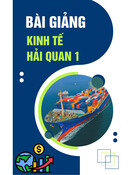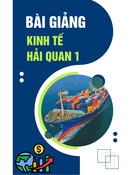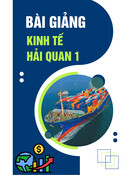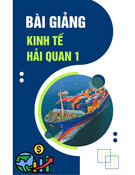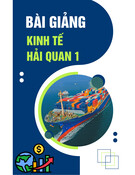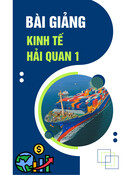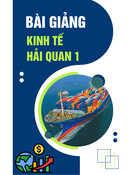
* Corresponding author
E-mail address: abdaratsauri@gmail.com (I. Salisu)
© 2019 by the authors; licensee Growing Science, Canada
doi: 10.5267/j.uscm.2018.12.006
Uncertain Supply Chain Management 7 (2019) 399–416
Contents lists available at GrowingScience
Uncertain Supply Chain Management
homepage: www.GrowingScience.com/uscm
Does the tripartite social capital predict resilience of supply chain managers through
commitment?
Isyaku Salisua*, Norashidah Hashimb, Rahida Aini Mohd Ismailc and Aliyu Hamza Galadanchid
aDepartment of Business Administration, Umaru Musa Yar’adua University Katsina (UMYUK), Katsina State, Nigeria
bSchool of Business Management, Universiti Utara Malaysia (UUM) Sintok, Malaysia
cSchool of Government, Universiti Utara Malaysia (UUM) Sintok, Malaysia
dBursary Department, Ulul Albab Science Secondary School, Katsina, Katsina State, Nigeria
C H R O N I C L E A B S T R A C T
Article history:
Received October 12, 2018
Accepted December 20 2018
Available online
December 20 2018
Studies on supply chain resilience have been well documented, but most of these studies were
conducted at organizational level and hence the role of facilitating managers in the supply chain
is conspicuously neglected. The purpose of this paper is to explore the effect of tripartite social
capital (bonding, bridging and linking) on managers’ resilience building and to examine the
underlying mechanism through which these relationships exist. Data were collected through self-
administered questionnaire from 452 supply chain managers in Nigeria, a country that has been
rocked by series of environmental turbulences. The measurement and structural models were
assessed by Partial Lease Square Structural Equation Modelling (PLS-SEM) using SMART-PLS
3 software. The findings suggest that linking social capital influenced manager’s resilience, but
bonding and bridging did not. Bonding, bridging and linking influence manager’s commitment.
Additionally, manager’s commitment mediated the relationship between tripartite social capital
and manager’s resilience, Theoretical, practical and methodological implications were also
discussed.
ensee Growing Science, Canada
b
y the authors; lic9© 201
Keywords:
Bonding
Bridging
Linking
Managers commitment
Resilience
Supply Chain
1. Introduction
Recently, there have been a lot of undesirable events and persistent hitches that have ruthlessly upset
the ability of the firms’ managers in the products productions and distribution, including, terrorism,
political crises, natural disasters and diseases (Aqlan & Lam, 2015; Chen et al., 2013; Ivanov et al.,
2017; Sreedevi & Saranga, 2017). Such happenings have created mindfulness among both policy
makers, practitioners and academics of the need to curtail the potentially devastating effects and
consequences of interruptions by creating more resilient supply chains (Elluru et al., 2017). For
example, World Economic Forum (2013) survey discovered that more than 80% of firm’s managers
are seriously concerned about their supply chains resilience. Additionally, the notion of facing up to
interruptions by constructing supply chain resilience (SCRES) has lately garnered substantial academic
interest (Das, 2014; Datta, 2017; Elluru et al., 2017). Building SCRES presumes that firms and their
managers can swiftly recover from a disrupting incidences – either progressing to an even better state
of desired outcome or, at least, returning to normalcy (Li et al., 2017; Macdonald et al., 2018; Mandal





